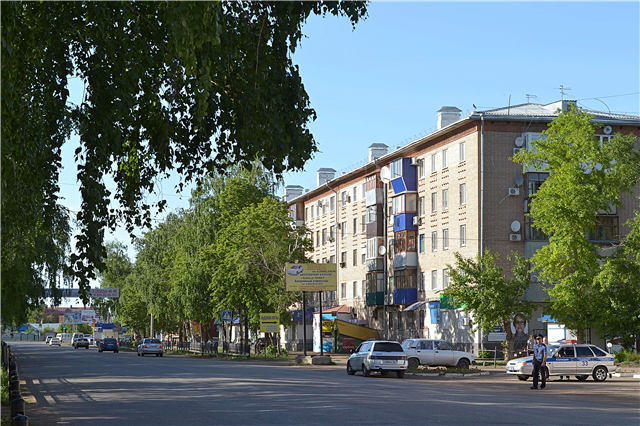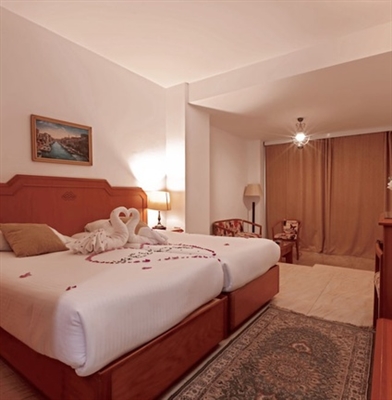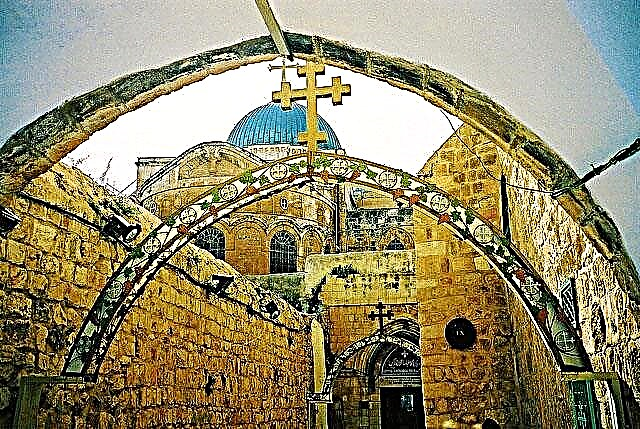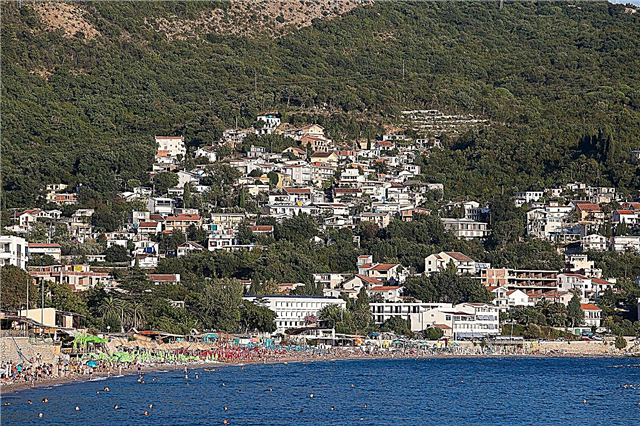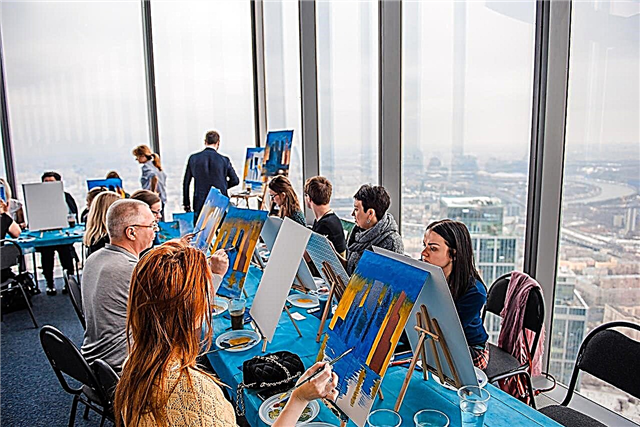The Amur Region is one of the border regions of Russia. The specificity of the location affected the climate and vegetation, so the nature in the cities of the region is very changeable. Mountainous areas predominate over plain ones, but insignificantly. The territory is cut by rivers, the main of which is the Amur. There are several single-industry towns in the region, which indicates not the best economic situation.
For tourists, this is secondary, as people often come here to observe the natural beauty. For example, behind the Burning Mountains - the main feature of the Shimanovsky district. Travelers also do not bypass Blagoveshchensk. From its embankment you can see the Chinese city of Heihe. Lovers of history should not pass by Tynda - the capital of BAM and Tsiolkovsky - until recently a closed village.
The largest cities of the Amur region
List of the largest cities in terms of population in the region.
Blagoveshchensk
The only center of the subject of Russia, which is located directly on the border. Such a close proximity to China affected the cultural life of the city and its tourist opportunities. The city of Heihe can be seen right from the embankment built along the banks of the Amur. Blagoveshchensk is also famous for a large number of monuments, including a shuttle, a border guard with a dog, and the first settlers.
Population - 225 thousand people.

Belogorsk
Stands on the banks of the Tom River. The first settlement on this place was founded in 1860 by immigrants from Perm. Already in our century, a monument was opened in their honor. The city is an industrial center, a railway junction and a leader in the processing of agricultural raw materials in the region. Among the attractions are city parks. And the local history museum has an extensive exposition and has received government grants more than once.
Population - 66 thousand people.

Free
For several years since its foundation in 1912, it was called Alekseevsk. The main attraction is the longest children's railway. The city gave the country the famous director Leonid Gaidai. A monument was opened in his honor in 2006. In Svobodny there is a house-museum of the Soviet poet Pyotr Komarov. In the 90s, a now defunct cosmodrome was built near the city.
Population - 53 thousand people.

Tynda
The city is called the capital of BAM. There is a museum here that tells about the history of the highway. There are many monuments in Tynda. The most famous is the steam locomotive monument. In terms of climate, the city is equated to the regions of the Far North. Summers are short and most often warm, and winters are frosty. Some of the residential buildings and other buildings were erected by Moscow builders. For this reason, there are names on the streets that refer to Moscow and its objects.
Population - 33 thousand people.

Zeya
The city began in 1879 as a staging post. He was needed by a company that was engaged in gold mining. One of the important objects is still the Zeyskaya HPP. A museum connected with its history has been opened. Orthodox pilgrims visit the female Bogorodichno-Albazinsky St. Nicholas Monastery. Under Soviet rule, it was closed, but since 2003 the monastery has been undergoing a new round of development.
Population - 23 thousand people.

Shimanovsk
It was founded during the construction of the Transsib. With the appearance of a full-fledged station here, the settlement expanded, changed its names several times and eventually became the city of Shimanovsky. The region is home to a unique natural landmark - the Burning Mountains. These elevations are rich in coal deposits that burn underground. The phenomenon is accompanied by emissions of fire and smoke. Only once in 300 years the process was stopped due to showers.
Population - 18 thousand people.

Raichikhinsk
One of the centers of the region's coal industry. Included in the list of single-industry towns that may face economic problems due to their narrow specialization. Monuments to Lenin and the Heroes of the Great Patriotic War, classic for many settlements of Russia, are complemented by an unusual monument "Kovsh". It is dedicated to the Heroes of Socialist Labor and was solemnly opened in 1988 in the park on Victory Street.
Population - 17 thousand people.

Zavitinsk
It was founded in 1906 and was originally a village. With the advent of the railway and the opening of the station, the station began to develop. The name was received from one of the Amur tributaries. Urban development is dense, a clear division into microdistricts prevails. In Zavitinsk, unlike other cities in the region, there are almost no attractions. There are only a few monuments in honor of the fallen compatriots.
Population - 10 thousand people.

Skovorodino
Located in the upper reaches of the Bolshoi Never River. Founded as a settlement during the construction of the Transsib. The city received its current name in honor of the first chairman of the local Council. The Russia-China oil pipeline runs through the territory of Skovorodino. Of the sights, it is worth visiting the Church of St. Andrew the First-Called, the PA Florensky Museum of Local Lore and the "Grieving Mother" memorial.
The population is 9,200 people.

Tsiolkovsky
It was founded in 1961 and until recently called itself Uglegorsk. Coal has never been mined here. Under this name and the construction of mines, the creation of rocket launchers was disguised in order to confuse a potential enemy. The village was closed for outsiders for a long time. The Vostochny cosmodrome was built near Tsiolkovsky. Within the city, there are several space-themed monuments and a museum.
Population - 6500 people.


